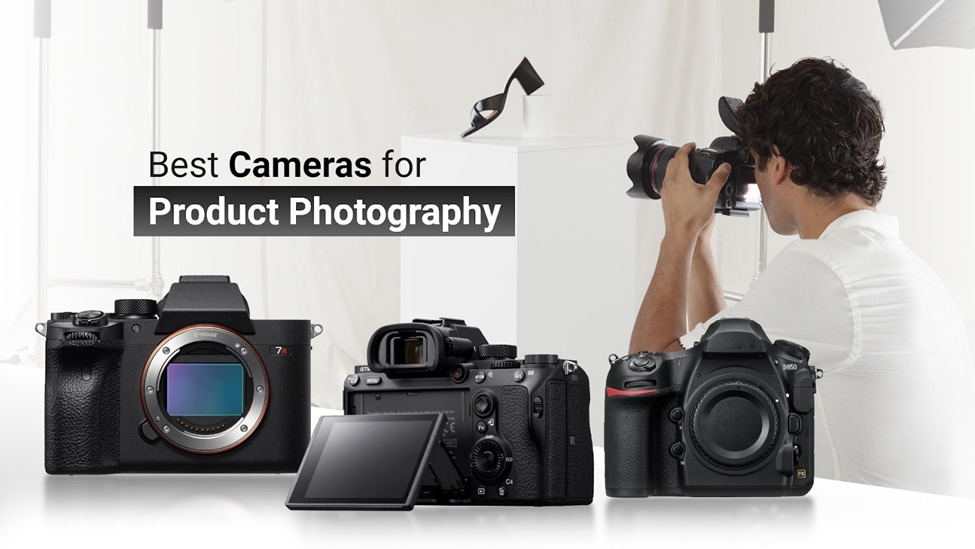
How to Choose the Best Cameras for Product Photography
In the world of e-commerce and online businesses, product photography plays a crucial role in attracting customers and driving sales. High-quality product images can significantly impact a customer’s decision-making process. Therefore, choosing the best cameras for product photography is essential. In this article, we will guide you through the process of selecting the best cameras for capturing stunning product shots that will showcase your merchandise in the best possible light.
In the digital age, where online shopping has become the norm, captivating product photography is a critical aspect of any business’s success. To capture high-quality images, you need a camera that meets the specific requirements of product photography. Let’s explore the factors you should consider when selecting the best camera for your needs.
Understanding the Requirements for Product Photography
Product photography demands attention to detail, clarity, and accurate color representation. To achieve exceptional results, you should consider factors such as resolution, sensor size, lens options, and image stabilization. Understanding these requirements will help you make an informed decision when choosing a camera.
Factors to Consider When Choosing a Camera
- Resolution: Higher resolution allows for more detailed images, which is crucial for showcasing product features. Look for cameras with at least 20 megapixels for optimum results.
- Sensor Size: A larger sensor captures more light, resulting in improved image quality. Full-frame sensors are highly recommended for professional product photography.
- Lens Options: Interchangeable lenses provide flexibility in capturing different types of product shots. Macro lenses, for instance, are ideal for capturing intricate details.
- Image Stabilization: Product photography often involves close-ups, which can make the camera shake more noticeable. Look for cameras with built-in image stabilization to ensure sharp and blur-free images.
Types of Cameras Suitable for Product Photography
- DSLR Cameras: Digital Single-Lens Reflex (DSLR) cameras are popular among professional photographers. They offer excellent image quality, manual control, and a wide range of compatible lenses.
- Mirrorless Cameras: Mirrorless cameras have gained popularity due to their compact size, lightweight design, and advanced features. They offer excellent image quality, fast autofocus, and a wide range of lens options.
Recommended Camera Models for Product Photography
- Nikon D850: The Nikon D850 is a full-frame DSLR camera renowned for its exceptional image quality, high resolution (45.7 megapixels), and robust build. It offers excellent dynamic range and precise autofocus, making it a top choice for product photography.
- Sony A7R III: The Sony A7R III is a full-frame mirrorless camera that combines high resolution (42.4 megapixels) with outstanding low-light performance. It features in-body image stabilization and advanced autofocus capabilities, making it an excellent option for capturing detailed product shots.
Essential Accessories for Product Photography
- Tripod: A sturdy tripod helps eliminate camera shake, ensuring sharp and consistent images.
- Lighting Equipment: Proper lighting is crucial for product photography. Invest in studio lighting kits or portable LED panels to achieve professional results.
- Reflectors: Reflectors help manipulate and enhance natural or artificial light, providing better illumination for your products.
Tips for Achieving Outstanding Product Images
- Composition: Pay attention to the arrangement and placement of products within the frame to create visually appealing images.
- Background and Props: Choose a clean and simple background that complements your product. Props can be used to enhance the overall visual appeal.
- Lighting: Experiment with different lighting setups to highlight the product’s features and create the desired mood.
- White Balance: Set the white balance correctly to ensure accurate color representation.
- Focus Stacking: For maximum sharpness, consider using focus stacking techniques when capturing images of products with intricate details.
Post-Processing and Editing
After capturing your product images, post-processing and editing are essential for enhancing their overall quality. Use software like Adobe Photoshop or Lightroom to adjust brightness, contrast, color balance, and remove any imperfections or distractions.
Conclusion
Choosing the best cameras for product photography is a vital step towards creating captivating visuals that can drive sales and engage customers. Consider the specific requirements of product photography, such as resolution, sensor size, lens options, and image stabilization, to make an informed decision. With the right camera, accessories, and techniques, you can elevate your product images and showcase your merchandise in the best possible way. You can get a complete buying guide on looking for the best cameras for product photography on the best cameras magazine Website.
Frequently Asked Questions
What is the recommended resolution for product photography?
A resolution of at least 20 megapixels is recommended for capturing detailed product images.
Should I choose a DSLR or mirrorless camera for product photography?
Both DSLR and mirrorless cameras can produce excellent results. Consider factors such as image quality, size, and lens options to make the right choice for your needs.
Do I need lighting equipment for product photography?
Proper lighting is crucial for product photography. Invest in lighting equipment like studio kits or portable LED panels to achieve professional-looking results.
How important is post-processing for product photography?
Post-processing allows you to enhance the overall quality of your product images. It helps adjust brightness, contrast, color balance, and remove any imperfections or distractions.
Where can I learn more about product photography techniques?
There are many online resources, tutorials, and courses available that can help you improve your product photography skills. Explore photography blogs, YouTube channels, and online learning platforms to expand your knowledge.







